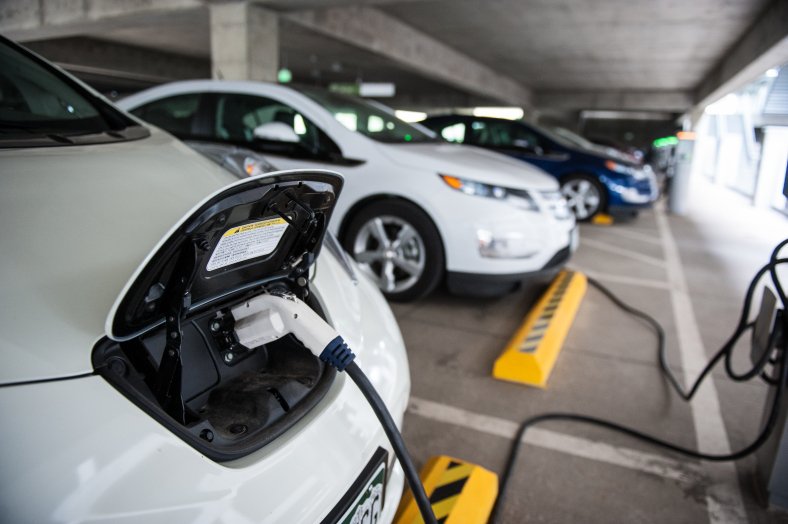Could Electric Vehicles Become a New Source of Demand?
The Council is preparing to incorporate this new source of electricity demand into its power plan
- May 29, 2018
- Steven Simmons

Transportation – the movement of people and goods – is a very large energy consumer. In the U.S., as much as 28 percent of all the energy consumed is for transportation, and over 90 percent of that is petroleum based, fuels such as gasoline and diesel. As a result, total greenhouse gas emissions from transportation in the U.S. has reached parity with emissions associated with electricity generation.
The electrification of transportation – such as moving to plug-in electric vehicles – can play a role in helping to reduce both the overall transportation energy consumption and greenhouse gas emissions. For instance, an electric vehicle can be as much as 3 to 4 times more efficient than a gasoline engine powered car. And, an electric vehicle has zero tailpipe emissions. So, less energy use, and much fewer emissions, even if the electricity that the vehicle consumes was generated from natural gas. Though sales of electric vehicles are relatively small right now – in 2016 there were 9,200 light-duty electric vehicles sold in the Northwest – sales are steadily growing. Therefore, there could be growing demand for electricity to power these vehicles in the future.
Council staff has been working to implement an electricity demand forecast module for transportation into our integrated, long-term forecast planning model. This forecasting model is an all fuels, end-use demand forecasting model based on consumer choice and system dynamics. In many cases, electric vehicles provide lower overall ownership costs than a traditional gasoline-powered vehicle. However, many consumers may choose vehicles on preferences other than cost. A consumer may choose a vehicle for its size, or range, or other performance characteristics in addition to cost. This makes forecasting future sales of electric vehicles a bit of a challenge due to the relatively short history of electric vehicles in the marketplace.
However, the range that electric vehicles can cover on a single battery charge is increasing, and as charging infrastructure is added along travel corridors, electric vehicles could rapidly become popular. And the Council will be well prepared to incorporate this new source of electricity demand into its power plan.



